The 1920s was one of the most exciting times in American History.

World War 1 was over, and new inventions were beginning to make life easier for those throughout the country. Henry Ford made cars affordable for the common man, and the motion picture was beginning to create new celebrities.
Mobsters such as Al Capone began to take the place of the Wild West Outlaws and would usher in an age of brutality.
Also Read: 1920s Timeline
Jump to:
- 1. Babe Ruth
- 2. Rogers Hornsby
- 3. Dazzy Vance
- 4. Lefty Grove
- 5. Harry Heilmann
- 6. Lou Gehrig
- 7. George Sisler
- 8. Mickey Cochrane
- 9. Googe Goslin
- 10. Burleigh Grimes
- 11. Urban Shocker
- 12. Walter Johnson
- 13. Ty Cobb
- 14. Al Simmons
- 15. Jim Bottomley
- 16. Hack Wilson
- 17. Tris Speaker
- 18. Charlie Root
- 19. Herb Pennock
- 20. Jack Fournier
The 1920s is also considered a Golden Age for baseball. It marked the end of the Deadball Era, and power hitters began to dot the landscape.
Superstars such as Babe Ruth emerged and would take over headlines and become the hero of every boy who picked up a bat.
The following superstars laid the foundation for a new era of baseball. Behind them, the game would become more exciting than ever, and attendance records would be broken throughout the decade.
1. Babe Ruth
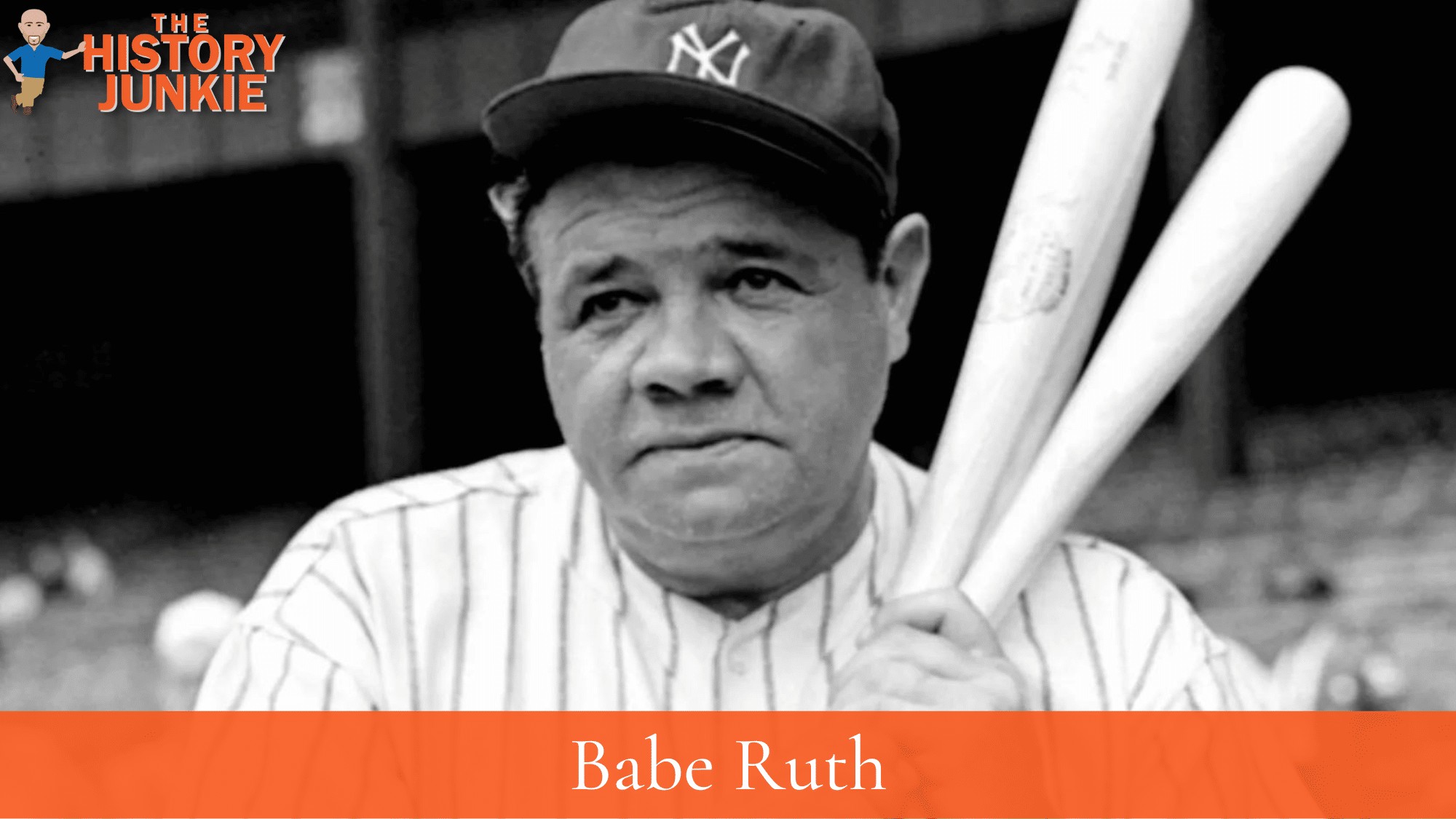
Babe Ruth joined the New York Yankees in 1920 and quickly became one of the most popular players in baseball. He hit 54 home runs that year, which was a record at the time.
He continued to hit home runs at a record pace throughout the 1920s, hitting 59 home runs in 1921, 60 home runs in 1927, and 61 home runs in 1928.
His home runs helped to revolutionize baseball, making the game more exciting and drawing more fans to the ballpark. This occurred in the wake of the 1919 World Series Scandal, which helped fans forget about how corrupt the game had become.
In addition to being a great hitter, Ruth was also a great pitcher in the 1920s. He won 22 games in 1921 and 1922, and he led the American League in strikeouts in 1923.
He fit the times as Americans were living large during this time, and Babe Ruth was larger than life.
2. Rogers Hornsby
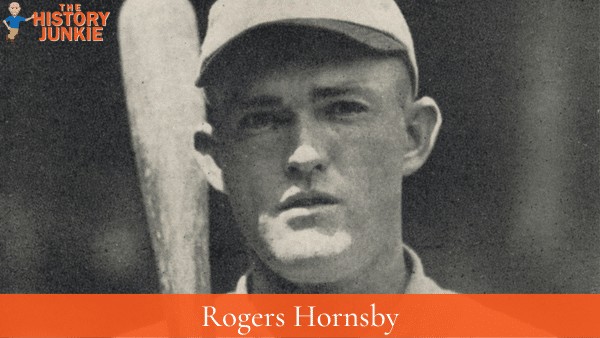
Roger Hornsby was one of the most dominant hitters in baseball during the 1920s. He won the National League batting title seven times, including six consecutive titles from 1920 to 1925.
He also led the league in slugging percentage six times and on-base percentage four times.
In 1922, Hornsby hit .424, which is the highest single-season batting average in National League history. He also hit 42 home runs and 152 RBIs that year.
Hornsby was a two-time MVP, winning the award in 1922 and 1925. He was also a member of the St. Louis Cardinals' Gashouse Gang, which won the 1926 World Series.
Hornsby's career was not without controversy. He was known for his temper and his outspokenness. He was also accused of gambling on baseball games.
3. Dazzy Vance
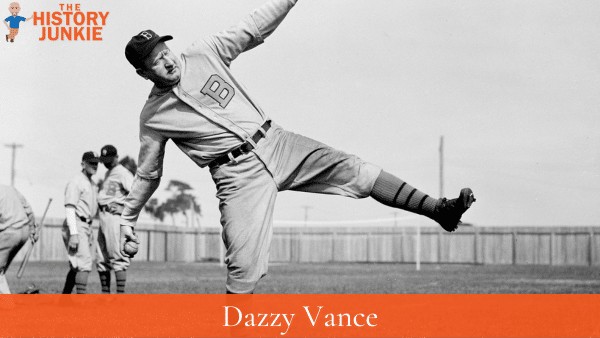
Dazzy Vance was one of the most dominant pitchers in baseball during the 1920s.
He was known for his dazzling delivery from the mound, which made it more difficult for the hitters to pick up the ball on the way to the plate.
Vance was the only pitcher to lead the National League in strikeouts in seven consecutive seasons.
In 1924, Vance led the National League with 28 wins and a 1.96 ERA. He also led the league in strikeouts with 262.
Vance was an MVP, winning the award in 1924 and finishing fifth in the voting in 1925. Later in his career, he finished 11th in the voting, which was impressive for a player his age during that era.
4. Lefty Grove
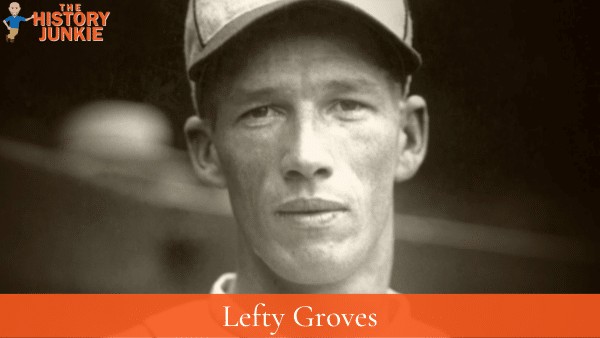
Robert Moses "Lefty" Grove is widely considered to be one of the greatest pitchers in baseball history.
Grove began his career with the Philadelphia Athletics in 1925 and quickly established himself as one of the most dominant pitchers in the game.
He led the American League in wins in four separate seasons, in strikeouts seven years in a row, and had the league's lowest earned run average a record nine times.
Over the course of the three years from 1929 to 1931, he twice won the pitcher's Triple Crown, leading the league in wins, strikeouts, and ERA.
In 1933, Grove was traded to the Boston Red Sox, where he continued to pitch at a high level. He won 20 games or more in seven seasons with the Red Sox and led the league in strikeouts three times.
He retired from baseball in 1941 with a record of 300-141, a .680 winning percentage, and a 3.06 ERA.
Grove was elected to the National Baseball Hall of Fame in 1947.
He is one of only two pitchers to have won the Pitcher's Triple Crown twice, and his nine ERA titles are the most in baseball history.
5. Harry Heilmann
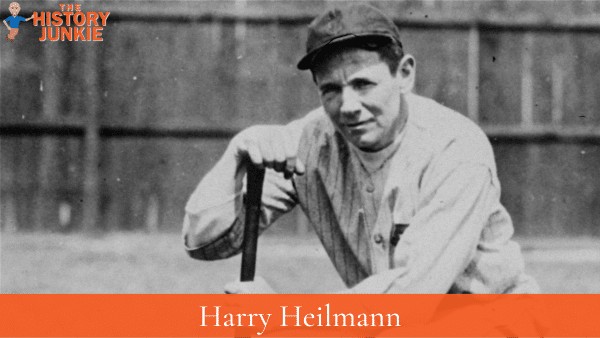
Harry Heilmann, nicknamed "Slug," was a Hall of Fame baseball player and radio announcer. He played professional baseball for 19 years between 1913 and 1932, including 17 seasons in Major League Baseball with the Detroit Tigers and Cincinnati Reds.
Heilmann was one of the most prolific hitters of his era. He won four American League batting championships, and his .342 career batting average is the 12th highest in major league history.
He also ranks sixth all-time in doubles and eighth in RBIs.
After his playing career, Heilmann became a radio announcer for the Tigers.
He was known for his colorful commentary and his love of the game. He was inducted into the National Baseball Hall of Fame in 1952.
6. Lou Gehrig
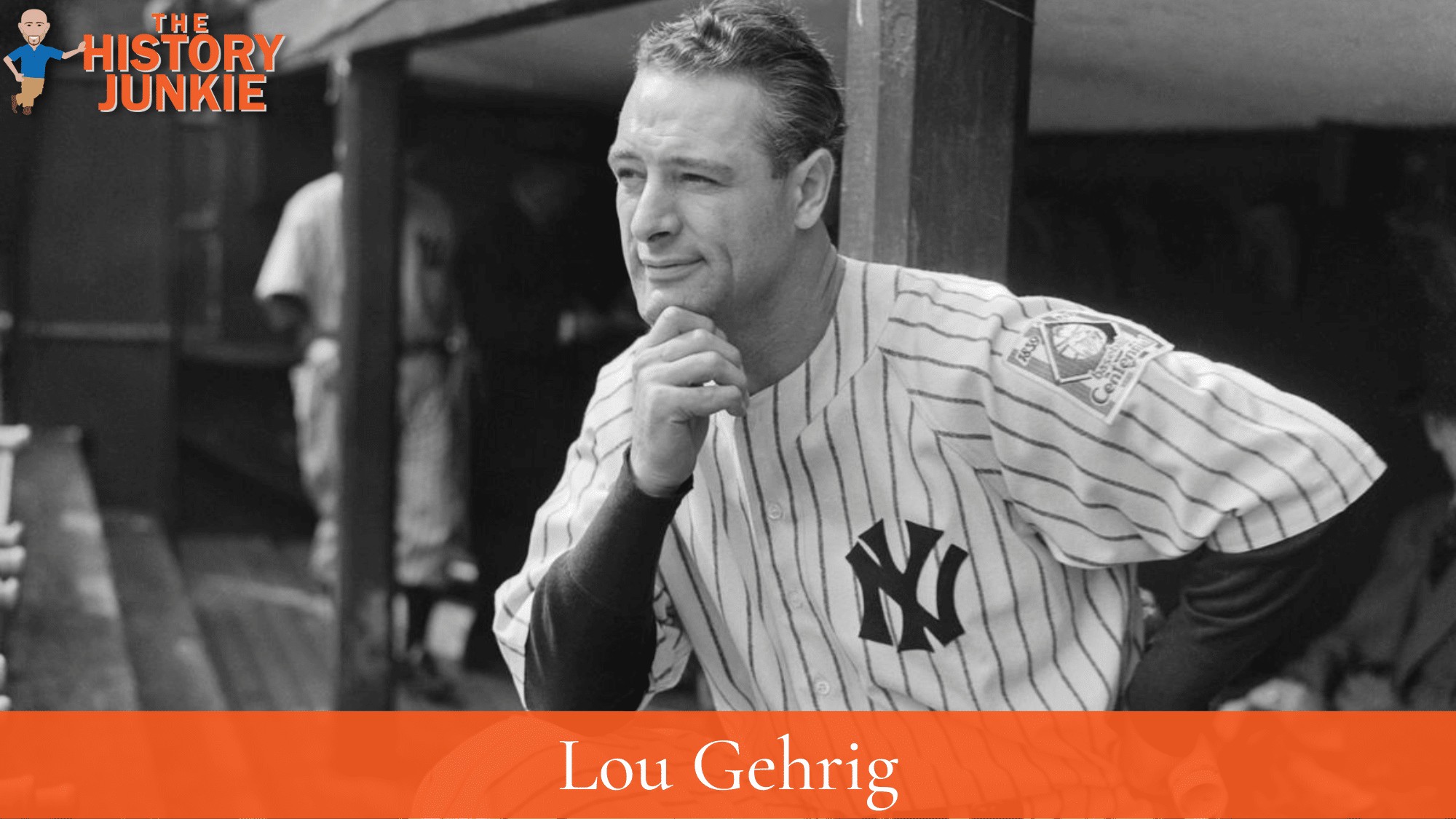
Lou Gehrig joined the New York Yankees in 1923 and quickly became one of the most feared hitters in baseball. He won the American League batting title in 1923 and 1924, and he led the league in RBIs in 1923, 1924, and 1927.
He was a member of the Yankees' "Murderers' Row" lineup, which featured a number of power hitters, including Babe Ruth, Tony Lazzeri, and Bill Dickey.
In 1927, Gehrig hit .373, with 47 home runs and 175 RBIs. He did not miss a single game during the decade of the Roaring 20s. He was a fixture in the Yankees lineup.
Gehrig was a right-handed batter who played first base for the Yankees from 1923 to 1939. He was known for his power and ability to protect Ruth.
Without Lou Gehrig, Babe Ruth would have hit a lot of home runs, but the opposing teams could have pitched around him much easier.
7. George Sisler
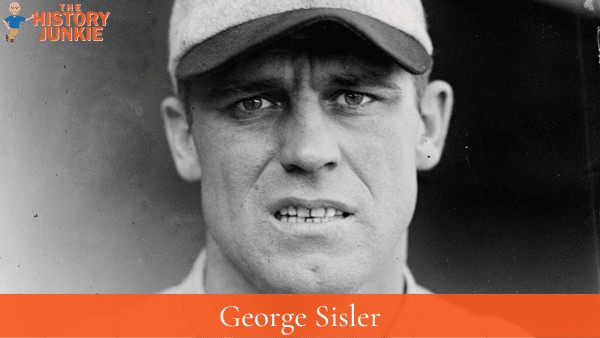
George Sisler, nicknamed "Gorgeous George," was a Hall of Fame baseball player who played in Major League Baseball from 1915 to 1930.
He was a two-time batting champion, a career .340 hitter, and led the league in hits twice, triples twice, and stolen bases four times.
Sisler began his career with the St. Louis Browns in 1915 and quickly established himself as one of the best hitters in the game.
He won the American League batting title in 1920 and 1922 and led the league in hits in 1920 with 257, a record that stood until Ichiro Suzuki broke it in 2004. Sisler also won the AL Most Valuable Player Award in 1922, finishing with a batting average of .420.
In 1923, Sisler suffered an attack of sinusitis that caused vision troubles that jeopardized his career. He returned to playing in 1924 but was never quite the same hitter.
He retired from baseball in 1930.
After his playing career, Sisler worked as a major league scout and aide. He was inducted into the National Baseball Hall of Fame in 1939.
8. Mickey Cochrane
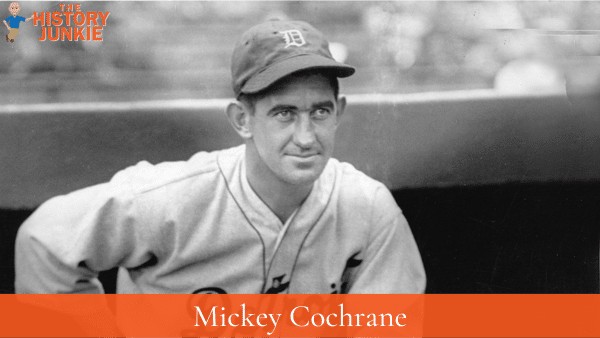
Mickey Cochrane was one of the best catchers in baseball during the 1920s. He was a two-time American League batting champion and a four-time All-Star.
He was a member of the Philadelphia Athletics' devastating lineup, which featured a number of power hitters, including Al Simmons, Jimmie Foxx, and Lefty Grove.
In 1928, Cochrane hit .367 with 13 triples, 22 home runs, and 109 RBIs. He also led the league in slugging percentage with .636 and on-base percentage with .434.
Cochrane was a right-handed batter who played for the Philadelphia Athletics and Detroit Tigers from 1925 to 1937.
He was chosen as the American League Most Valuable Player in 1928, and he appeared in the World Series from 1929 to 1931.
Philadelphia won the first two of those World Series, but Cochrane was criticized for giving up stolen bases when his team lost the series in 1931.
He was a great defensive catcher, and he was one of the first catchers to use a mitt.
9. Googe Goslin
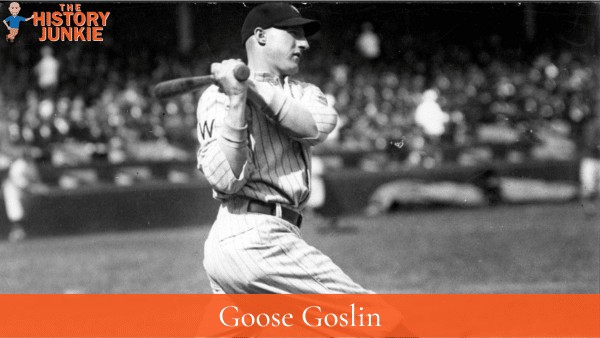
Goose Goslin was a professional baseball player who played left field for the Washington Senators, St. Louis Browns, and Detroit Tigers from 1921 to 1938.
During the 1920s he played exclusively for the Washington Senators and it would be during this decade that helped the Washington Senators win two pennants and 1 World Series.
He led the AL in triples twice and batted over .300 11 times, winning the batting title in 1928.
While he hit well for most of his career and only had a couple of outlier seasons, the 1920s were his most dominant. After a respectful rookie campaign in which he batted under .300, he would not bat under .300 again for the rest of the decade.
He led the AL in assists five times and putouts four times, and his 173 triples are 22nd all-time.
Goslin was elected to the Hall of Fame in 1968.
10. Burleigh Grimes
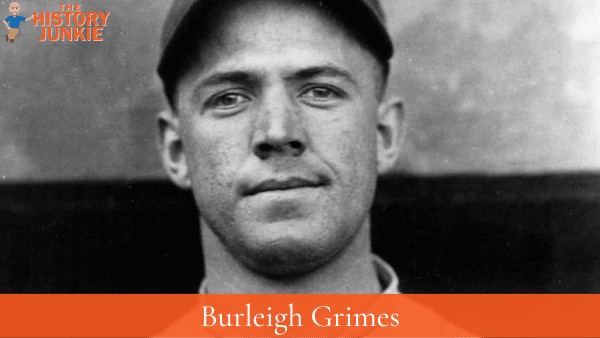
Burleigh Grimes was a pitcher who played for the Pittsburgh Pirates and Brooklyn Dodgers in Major League Baseball.
He lost 13 straight decisions in 1917 but was named as one of 17 pitchers allowed to continue throwing the spitball after it was banned in 1920.
Burleigh Grimes pitched for the New York Giants, Pittsburgh Pirates, Boston Braves, and St. Louis Cardinals.
In 1928, he posted a 25-14 record with the Pirates, leading the NL in wins, complete games, shutouts, and innings pitched.
In the 1931 World Series, he pitched 8+1⁄3 innings with a dislocated vertebra to help the Cardinals win the series.
Of the 17 spitballers, he was the last to retire. Upon his retirement, the spitball was an illegal pitch.
11. Urban Shocker

Shocker, known as one of the last legal spitball pitchers, led the American League and set the Browns record—in 1921 with 27 wins, and won 20 games in four consecutive seasons from 1920 to 1923.
At the time of his retirement, he was the Browns' all-time leader in wins with 126 and shutouts with 23
Shocker had a severe heart condition that required him to sleep sitting or standing up.
He was a successful pitcher with a .615 winning percentage and 28 shutouts.
He was also a good fielder with a .980 fielding percentage.
After his release from the Yankees in 1928, Shocker entered an exhibition tournament in Denver. He pitched in one game on August 6, 1928, against a team from Cheyenne, Wyoming, and fared poorly in that outing.
Around this time, he contracted pneumonia and was hospitalized shortly thereafter. On September 9, 1928, Shocker died in Denver as the result of heart failure exacerbated by the disease
12. Walter Johnson
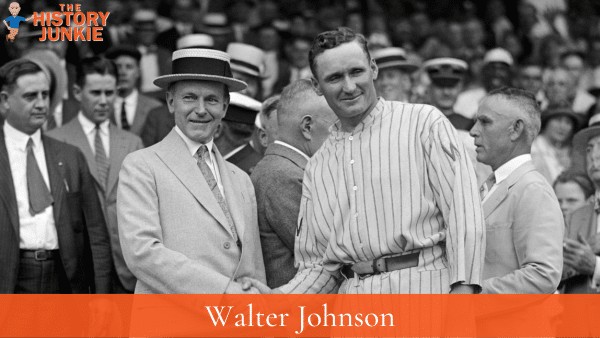
Walter Johnson's best years had passed him, but in the 1924 and 1925 season, he reached back and overcame father time by posting some gaudy numbers for his age and winning the only World Series of his career.
Johnson had always played for weak teams, and despite his brilliance, he did not have the team around him to win consistently despite his talent.
He had a remarkable season in 1924. He won 23 games, led the American League in ERA (2.72), and struck out 158 batters. He also threw two shutouts and two one-hitters.
Johnson's 23 wins were the most he had won in a season since 1916. His ERA was the lowest he had ever posted, and his 158 strikeouts were the second-most he had ever had in a season.
Johnson's most memorable game of the season came on May 23, 1924, when he threw a one-hitter against the Chicago White Sox. He faced only 27 batters in the game, and he struck out 12 of them.
Johnson's 1924 season was one of his best, and it helped to lead the Washington Senators to the 1924 World Series. The Senators won the World Series in seven games, and Johnson was named the Most Valuable Player.
13. Ty Cobb
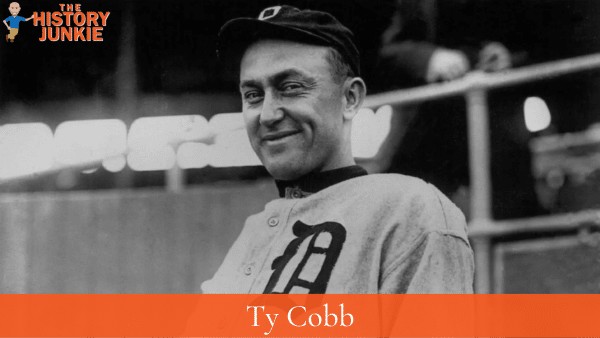
Ty Cobb was 33 years old in 1920, and his better years were behind him; Babe Ruth was now taking the attention of the popular outfielder.
By the end of the decade, he was retired, but until 1928, he continued to hit for an incredible average, driving in many runs, and in 1925 led the league in OPS.
He had lost a step and was no longer stealing bases at the rapid pace he was when he was younger, but he hit for more power during the 1920s than he ever had.
He ranks 13th on this list as an old man, but to be considered in the top 20 at his age (during this era) and when the game had changed so much is quite incredible.
14. Al Simmons
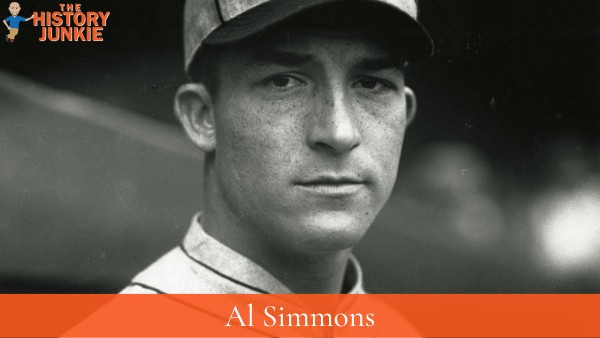
Al Simmons had a solid season in 1924, batting .311 with 11 home runs and 101 RBIs. He was a consistent hitter throughout the year, and he had a number of multi-hit games.
Simmons's best season came in 1925 when he won the American League batting title with a .387 average. He also led the league in hits (253) and total bases (392). Simmons was a feared hitter that year, and he was a key member of the Philadelphia Athletics' pennant-winning team.
Simmons continued his success in 1926, batting .353 with 19 home runs and 126 RBIs. He was again a consistent hitter, and he had a number of multi-hit games.
Simmons's average dipped slightly in 1927, but he still had a productive season, batting .333 with 23 home runs and 117 RBIs. He was a reliable hitter for the Athletics, and he helped them to win another pennant.
Simmons's final season in the 1920s was a bit of a down year, as he batted .315 with 15 home runs and 111 RBIs. However, he still had a number of clutch hits, and he helped the Athletics to win their third consecutive pennant.
Overall, Al Simmons had a great run in the 1920s, with his best season being in 1925 when he won the American League batting title.
15. Jim Bottomley
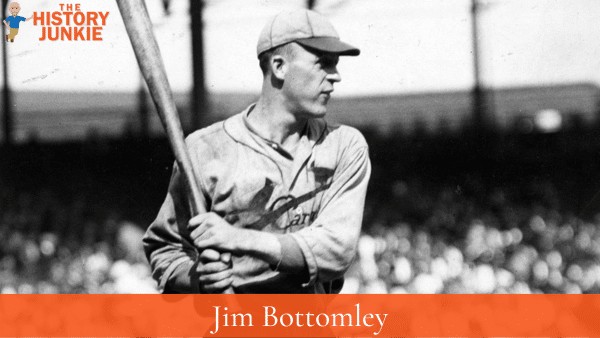
Jim Bottomley had a solid rookie season in 1920, batting .312 with 9 home runs and 83 RBIs. He was a consistent hitter throughout the year, and he had a number of multi-hit games.
Bottomley's average dipped slightly in 1921, as he batted .282 with 13 home runs and 80 RBIs. However, he still had a productive season, and he was a key member of the St. Louis Cardinals' pennant-winning team.
Bottomley bounced back in 1922, batting .325 with 15 home runs and 100 RBIs. He was again a consistent hitter, and he had a number of multi-hit games.
Bottomley continued his success in 1923, batting .326 with 20 home runs and 108 RBIs. He was again a reliable hitter, and he helped the Cardinals to win another pennant.
Bottomley's average dipped slightly in 1924, as he batted .337 with 12 home runs and 102 RBIs. However, he still had a productive season, and he was a key member of the Cardinals' pennant-winning team.
Bottomley's best season came in 1925 when he won the National League batting title with a .348 average. He also led the league in home runs (22) and RBIs (120).
Bottomley continued his success in 1926, batting .367 with 31 home runs and 136 RBIs. He was again a consistent hitter, and he had a number of multi-hit games. He led the National League in home runs and RBIs, and he was named the National League's Most Valuable Player.
Bottomley's average dipped slightly in 1927, as he batted .333 with 19 home runs and 118 RBIs. However, he still had a productive season, and he was a key member of the Cardinals' World Series championship team.
Bottomley's final season in the 1920s was his second-best, as he batted .325 with 29 home runs and 141 RBIs. He was again a reliable hitter, and he helped the Cardinals to win their third World Series championship in four years.
Overall, Jim Bottomley had a great run in the 1920s, with his best season being in 1926 when he won the National League batting title.
16. Hack Wilson
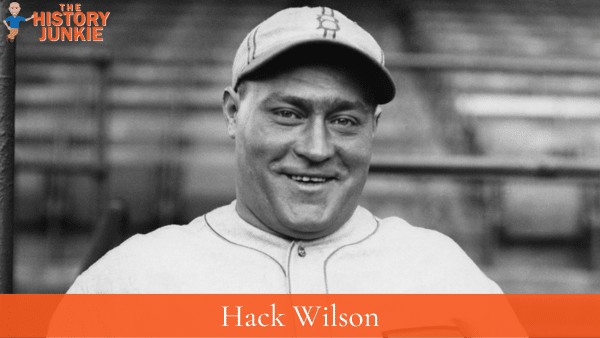
Hack Wilson had a breakout season in 1923, batting .337 with 20 home runs and 100 RBIs. He led the National League in home runs, and he was named to the National League All-Star team.
Wilson continued his success in 1924, batting .334 with 19 home runs and 104 RBIs. He was again a consistent hitter, and he had a number of multi-hit games.
Wilson's average dipped slightly in 1925, as he batted .318 with 18 home runs and 103 RBIs. His production helped the Cubs to a pennant win.
Wilson's average jumped slightly in 1926, as he batted .322 with 21 home runs and 110 RBIs.
Wilson's 1927 season is considered one of the greatest single-season hitting performances in baseball history. He hit .356 with 56 home runs and 191 RBIs. He also had 223 hits, 104 runs scored, and a .723 slugging percentage.
Wilson's 56 home runs in 1927 became a National League record. His 191 RBIs are the third-most in National League history.
Wilson's final season in the 1920s was still very productive, as he batted .317 with 37 home runs and 129 RBIs.
He helped the Cubs to win their third pennant in four years.
17. Tris Speaker
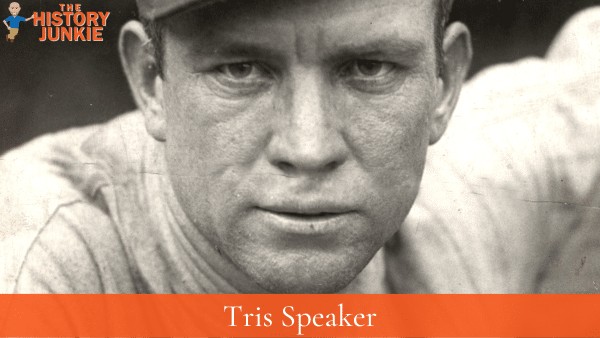
Tris Speaker had a breakout season in 1920, batting .388 with 12 home runs and 112 RBIs. He led the American League in batting average and RBIs, and he was named the American League's Most Valuable Player.
Speaker's average dipped slightly in 1921, as he batted .344 with 10 home runs and 102 RBIs. However, he was still a productive hitter, and he helped the Cleveland Indians win the World Series.
Speaker continued his success in 1922, batting .352 with 14 home runs and 100 RBIs. He was again a consistent hitter, and he had a number of multi-hit games.
Speaker's best season came in 1923 when he batted .378 with 7 home runs and 97 RBIs. He led the American League in batting average, and he was named to the American League All-Star team.
Speaker continued his success in 1924, batting .368 with 6 home runs and 103 RBIs. He was again a consistent hitter, and he had a number of multi-hit games.
Speaker's average dipped slightly in 1925, as he batted .358 with 8 home runs and 101 RBIs. However, he was still a productive hitter, and he helped the Indians win the World Series.
Speaker continued his success in 1926, batting .372 with 11 home runs and 98 RBIs. He was again a consistent hitter, and he had a number of multi-hit games.
Speaker's average dipped slightly in 1927, as he batted .327 with 4 home runs and 69 RBIs. However, he was still a productive hitter, and he helped the Indians win the World Series.
Speaker's final season in the 1920s was not as good as his previous seasons, as he batted .306 with 7 home runs and 76 RBIs. However, he was still a productive hitter, and he helped the Indians win the World Series.
Overall, Tris Speaker had a great run in the 1920s, with his best season being in 1920 when he batted .388 with 12 home runs and 112 RBIs. He led the American League in batting average and RBIs, and he was named the American League's Most Valuable Player.
18. Charlie Root
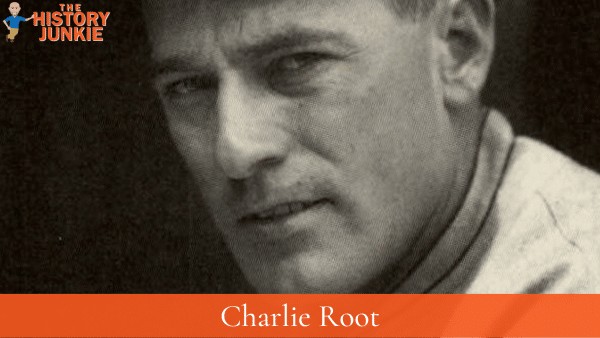
Charlie Root was a consistent pitcher for the Chicago Cubs during the late 1920s. He won 10 or more games in each of those seasons, and he had a winning record in four of them.
1926: Root went 13-11 with a 3.19 ERA.
1927: He followed that up with a 12-10 record and a 3.46 ERA.
1928: Root's record dipped to 10-9, but his ERA remained respectable at 3.30.
1929: Root had his best season, going 20-9 with a 2.89 ERA. He led the National League in wins that year.
1930: Root finished his career with a 12-11 record and a 3.18 ERA.
Root was a control pitcher who relied on his fastball and curveball to get hitters out. He was not a strikeout pitcher, but he was effective at keeping hitters off balance.
Root's career was cut short by a heart attack in 1931, but he was a solid pitcher for the Cubs during his time in Chicago. He was inducted into the Chicago Cubs Hall of Fame in 1982.
19. Herb Pennock
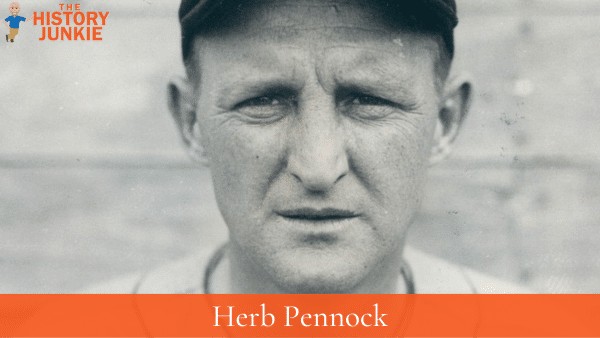
Herb Pennock was one of the best pitchers in baseball during the 1920s. He came close to winning 20 or more games in many of those seasons and seemed to have a consistently low ERA.
In 1923, Pennock's best season, he went 24-7 with a 2.67 ERA. He led the American League in wins, ERA, and strikeouts.
The following year, Pennock's record slipped to 19-13, but he still had a good season with a 2.91 ERA.
In 1925, Pennock went 18-12 with a 3.16 ERA.
Pennock won 20 games again in 1926, going 20-12 with a 3.03 ERA.
In 1927, Pennock's record dipped to 16-14, but he still had a solid season with a 3.05 ERA.
Pennock won 19 games for the third time in his career in 1928, going 19-11 with a 3.11 ERA.
20. Jack Fournier
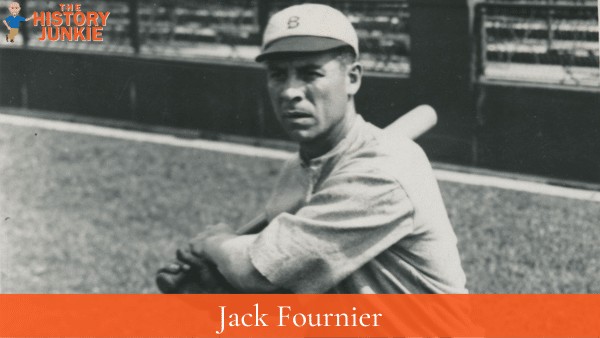
Jack Fournier was a solid first baseman and outfielder for the Chicago White Sox, New York Yankees, St. Louis Cardinals, and Brooklyn Robins during the Deadball and Lively Ball Eras. He was known for having outstanding batting abilities but subpar fielding abilities.
1920: Fournier hit .350 with 12 home runs and 107 RBIs for the Chicago White Sox.
1921: He followed that up with a .343 batting average, 11 home runs, and 103 RBIs in 1921.
1922: Fournier's best season came in 1922 when he hit .343 with 30 home runs and 126 RBIs. He led the National League in home runs and RBIs.
1923: Fournier was traded to the New York Yankees in 1923, and he hit .306 with 10 home runs and 93 RBIs.
1924: He hit .313 with 10 home runs and 100 RBIs in 1924.
1925: Fournier hit .317 with 11 home runs and 99 RBIs in 1925.
1926: Fournier hit .288 with 10 home runs and 77 RBIs in 1926.
1927: Fournier hit .295 with 8 home runs and 71 RBIs in 1927.
Fournier was a good contact hitter who could hit for average and power. He was not a great fielder, but he was serviceable. He was a popular player with fans and teammates.
